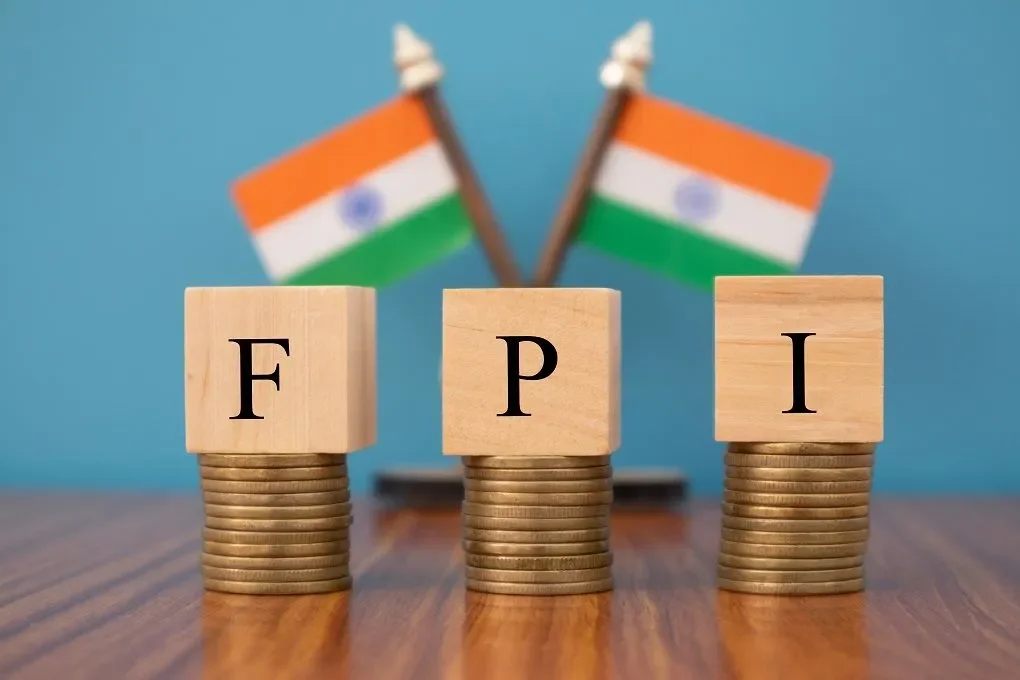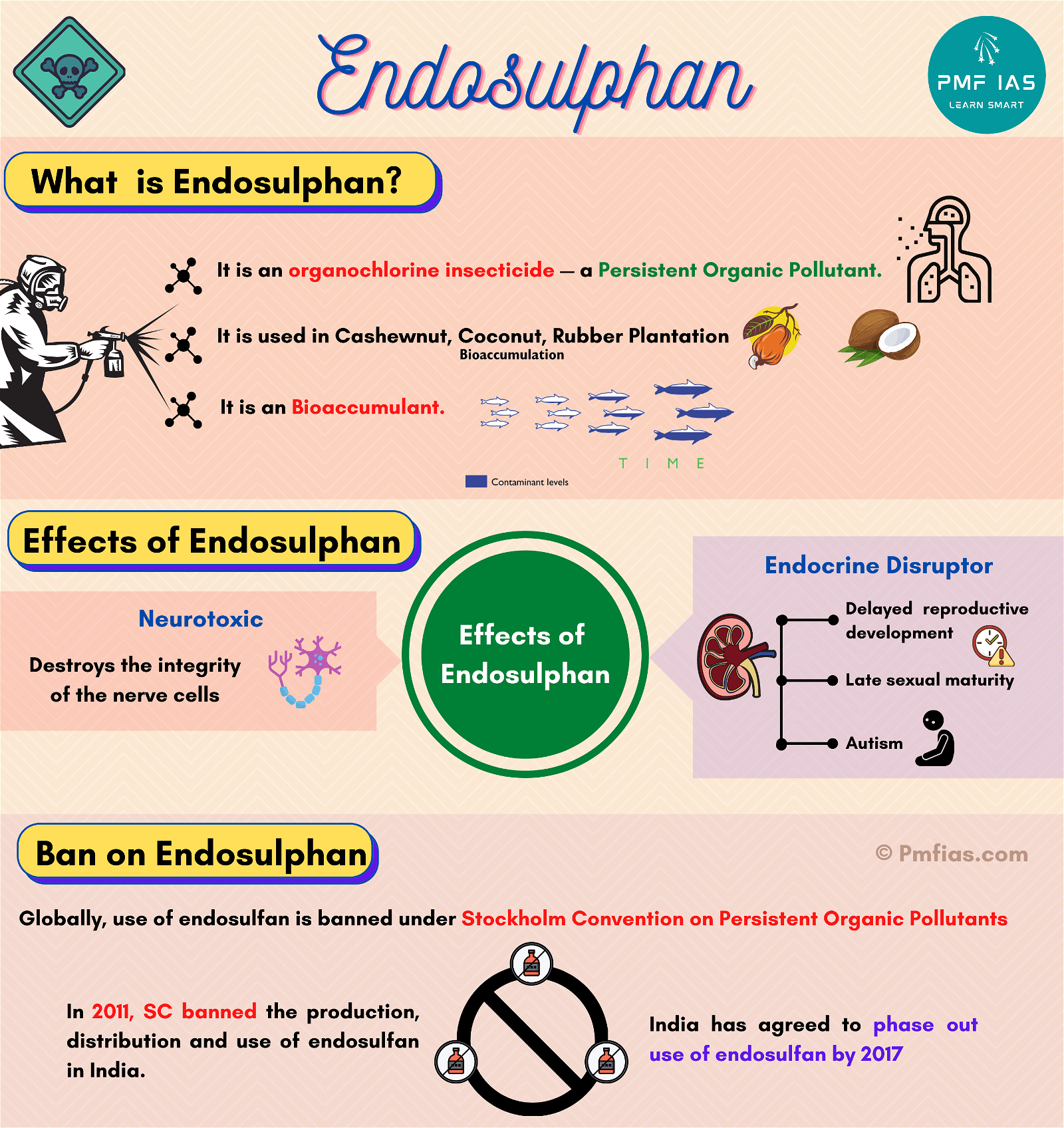
Types of Deficit, Fiscal Deficit and FRBM Act
Subscribers of "Current Affairs" course can Download Daily Current Affairs in PDF/DOC
Subscribe to Never Miss an Important Update! Assured Discounts on New Products!
Must Join PMF IAS Telegram Channel & PMF IAS History Telegram Channel
- Fiscal Deficit and Fiscal Responsibility and Budget Management Act (FRBM Act): The Centre’s target is to continue the path of fiscal consolidation (fix high deficits/debt) and lower its fiscal deficit from 6.4% of the GDP in 2022-23 to 5.9% in 2023-24 and 4.5% by 2025-26.
Types of Deficit
|
Type of Deficit |
Formula |
| Budget Deficit | Budget Deficit = Total Expenditure – Total Revenue |
| Revenue Deficit | Revenue Deficit = Total Revenue Expenditure – Total Revenue |
| Fiscal Deficit | Fiscal Deficit = Total Expenditure – (Total Revenue – Borrowings)
Fiscal Deficit = Budget Deficit + Borrowing |
| Primary Deficit | Primary Deficit = Fiscal Deficit – Interest Payments |
| Effective Revenue Deficit | Effective Revenue Deficit = Revenue Deficit – Grants for Capital Assets |
- Budget Deficit: the government spends more money than it collects in taxes and revenue.
- Revenue Deficit: the government spends more money on its revenue-generating activities, such as tax collection, than it collects in revenue from those activities.
- Fiscal Deficit: the government spends more money on all of its activities, including both revenue-generating and non-revenue-generating activities, than it collects in revenue from all sources.
- Primary Deficit: the government spends more money on all of its activities, excluding interest payments, than it collects in revenue from all sources.
- Effective Revenue Deficit: the govt spends more money on its revenue-generating activities, excluding grants for the creation of capital assets, than it collects in revenue from those activities.

Merits and Demerits of Fiscal Deficit on the Economy
| Merits | Demerits |
| Stimulates economic activity |
Leads to inflation |
|
Increases investment |
Increases interest rates |
| Supports social welfare programs |
Reduces investor confidence |
| Acts as a countercyclical policy |
Crowds out private investment |
| Supports long-term investment |
Leads to unsustainable debt |
Steps Taken By Government To Achieve Fiscal Consolidation
Reducing government spending
- This can be done by cutting back on non-essential spending, such as subsidies and transfers.
- The government has reduced the subsidy for food, fertiliser and petroleum.
|
Increasing government revenue
- This can be done by broadening the tax base (equitable sharing of burden) and raising tax rates (leads to more brain drain).
- Goods and Services Tax (GST), which was implemented in 2017, has broadened the tax base and increased tax revenue.
Capital Expenditure (for building capital assets that create wealth and boost growth)
- In the Budget for 2023-24, capital spending is planned to rise to 3.3% of GDP, and the government has provided an interest-free loan of ₹1.3 lakh crore for 50 years to states to boost growth.
Selling assets
- GoI has taken up disinvestment of Air India and other loss-making PSEs to raise revenue.
Fiscal Responsibility and Budget Management Act, 2003
- FRBM Act aims to ensure a balance between Government revenue and government expenditure.
- The objectives of the act are:
- Fiscal discipline.
- Efficient management of expenditure, revenue and debt.
- Macroeconomic stability.
- Better coordination between fiscal and monetary policy.
- Transparency in the fiscal operation of the Government.
- It set deficit targets for Union and States to control their deficits.
- The target and parameter changed along with amendments in 2012, 2012, 2015 and 2018.


Figures as a percentage of GDP
Salient Features
- Section 4 (1) of the FRBM Act provides that the Central Government shall
- take measures to limit the fiscal deficit up to 3 per cent of GDP.
- endeavor to ensure that by the end of Financial Year 2024-25
- the General Government debt does not exceed 60 per cent of GDP.
- the Central Government debt does not exceed 40 per cent of GDP.
- not give additional guarantees with respect to any loan on security of the Consolidated Fund of India in excess of one-half per cent of GDP, in any Financial Year.
- endeavor to ensure that the fiscal targets are not exceeded after stipulated target dates.
- Under Section 5 of the Act, except for certain circumstances, the Act does not allow the Central Government to borrow from Reserve Bank of India (RBI).
- The FM shall review, on half-yearly basis, the trends in receipts and expenditure in relation to the budget and place before both Houses of Parliament the outcome of such reviews.
CAG Audit
- The 2012 Amendment prescribed for periodical review by the CAG of the compliance of the provisions of FRBM Act by the Government.
FRBM Review Committee headed by NK Singh
- The government believed the targets set by FRBM Act were too rigid.
- In 2016, the government set up a committee under NK Singh to review the FRBM Act.
- The committee recommended that the government should target a fiscal deficit of 3 percent of the GDP in years up to March 31, 2020, cut it to 2.8 per cent in 2020-21 and to 2.5 per cent by 2023.
- The Committee suggested using debt as the primary target for fiscal policy.
Targets set by NK Singh Committee:
- Debt to GDP ratio: The review committee advocated for a Debt to GDP ratio of 60% to be targeted with a 40% limit for the centre and a 20% limit for the states.
- Revenue Deficit Target: It should be reduced to 0.8% of GDP by March 31, 2023.
- The minimum annual reduction target was 0.5% of GDP.
- Fiscal Deficit Target: It should be reduced to 2.5% of GDP by March 31, 2023.
- The minimum annual reduction target was 0.3% of GDP.
FRBM Act – Escape Clause
- The FRBM Act was amended in 2018, adding Specific details that were given in Section 4(2).
- If the escape clause is triggered, RBI is then allowed to participate directly in the primary auction of government bonds, thus formalising deficit financing.
| Deficit financing refers to the method of financing the budget deficits — such as issuing bonds or printing more money. |
- FRBM Act Section 4(2), provides for a trigger mechanism to escape deficit control–related clauses in the act and the Government can over cross the targets in the following situations:
- National Security / Act of War
- National Calamity
- If agriculture output and farm incomes collapse
- Fall in real output/GDP growth rate beyond x%
- Structural reforms in the economy with unanticipated fiscal implications
- During the above trigger conditions
- The government may over cross/deviate from the fiscal deficit target by up to 0.5% of GDP, as recommended by NK Singh’s FRBM Review Committee
- Individual State Governments may also do similar (e.g. overcross by 0.5% of GSDP), after amending the state FRBM Act accordingly.
- Finance Minister cited structural reform to escape the FRBM targets for 2019-20 and 2020-21.
|
Key Terms related to the FRBM Act
- A gradual reduction in the fiscal deficit over time is known as Fiscal Glide.
- Fiscal profligacy is reckless extravagance or wasteful expenditure of public money.
- The failure to meet the government’s fiscal deficit target is known as fiscal slippage.
Documents Mandated by FRBM Act
- GoI must ensure greater transparency in its fiscal operation in the public interest.
- The documents that the government is required to present along with the budget are:
- Macroeconomic Framework Statement: This statement provides an overview of the economy, including GDP growth, inflation, receipts and expenditure.
- Medium-Term Fiscal Policy Statement: This statement sets out the government’s fiscal policy goals for the medium term.
- Fiscal Policy Strategy Statement: This statement explains how the government plans for fiscal policy goals.
- Medium-Term Expenditure Framework: This framework sets out the government’s spending plans for the medium term.





![PMF IAS Environment for UPSC 2022-23 [paperback] PMF IAS [Nov 30, 2021]…](https://pmfias.b-cdn.net/wp-content/uploads/2024/04/pmfiasenvironmentforupsc2022-23paperbackpmfiasnov302021.jpg)











